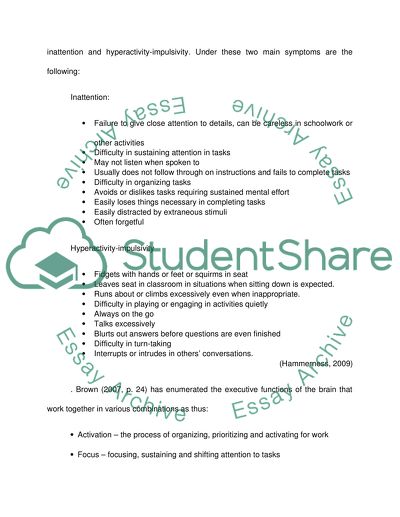Cite this document
(“A Deeper Look Into ADHD Research Paper Example | Topics and Well Written Essays - 2500 words”, n.d.)
Retrieved from https://studentshare.org/psychology/1490542-adhd
Retrieved from https://studentshare.org/psychology/1490542-adhd
(A Deeper Look Into ADHD Research Paper Example | Topics and Well Written Essays - 2500 Words)
https://studentshare.org/psychology/1490542-adhd.
https://studentshare.org/psychology/1490542-adhd.
“A Deeper Look Into ADHD Research Paper Example | Topics and Well Written Essays - 2500 Words”, n.d. https://studentshare.org/psychology/1490542-adhd.


